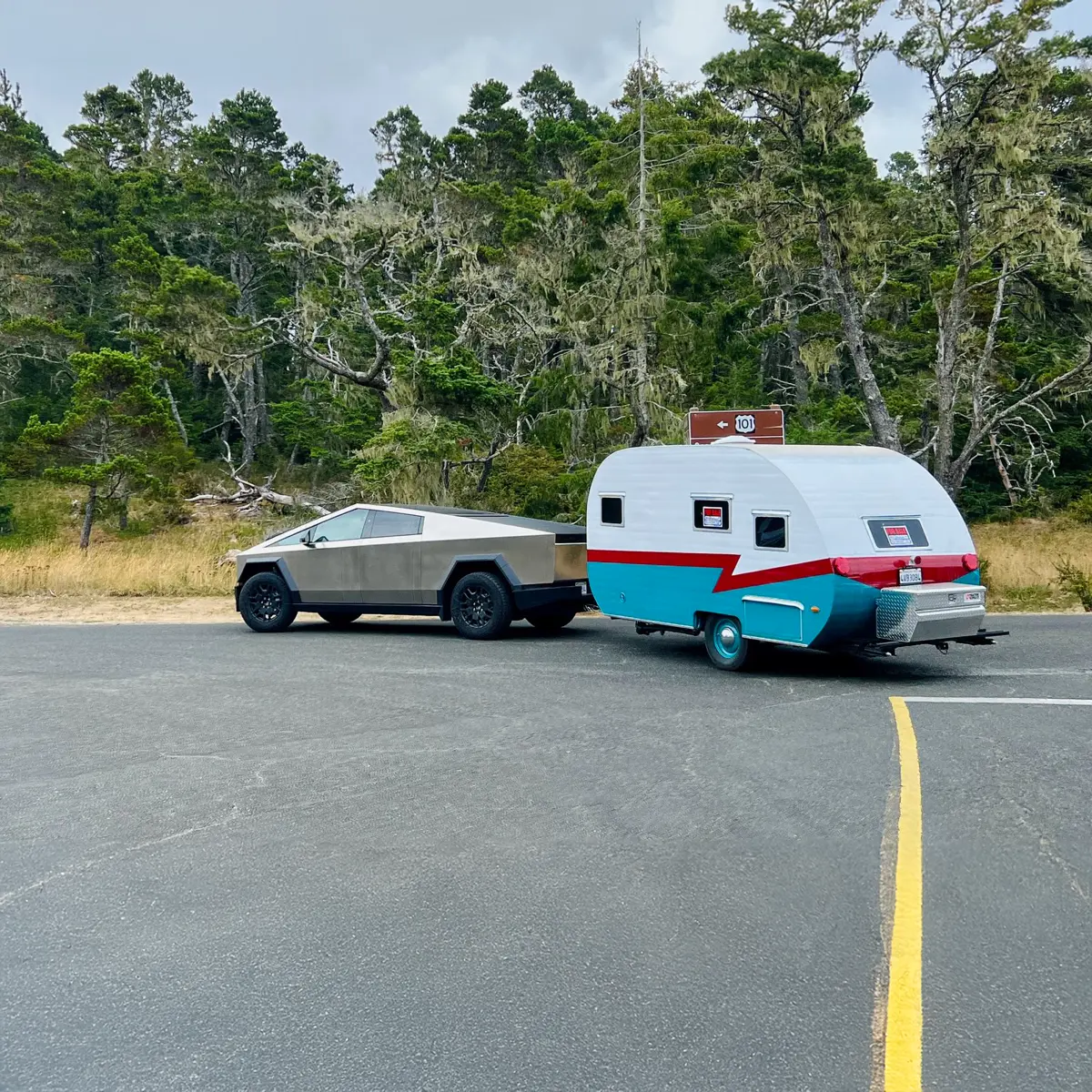Near Future Laboratory Blog
Thoughts, Reflections, Updates & Week Notes
Jul 28, 2024 – Sep 25, 2024
w31/w33/w34/w35/w36/w38/w39/ 
Sep 25, 2024
The Distant Early Warning deck allows players to embark on a "cool trip into exotic regions," blending conventional games with media elements that are both verbal and pictorial. It's a conversational card game where the importance lies not just in the identity of the cards, but in the varied relationships and juxtapositions between them.
cardscreative consciousness

Sep 20, 2024
Another productive collab with Tech Concept Lab — A Two-Day Workshop & Summit. These times are kinetic, chaotic, and full of dynamics that indicate change, if nothing more precise. It’s more than important — indeed it is existentially vital — that we constantly prototype and investigate possible futures as a matter of course. Think of these kinds of ‘workshops’ or ‘summits’ as training exercises, preparing ourselves for tomorrow, with no hard-and-fast expectation about tomorrow. This isn’t training for war, although some may prefer the metaphor.
design fictionaiworkshopsummit
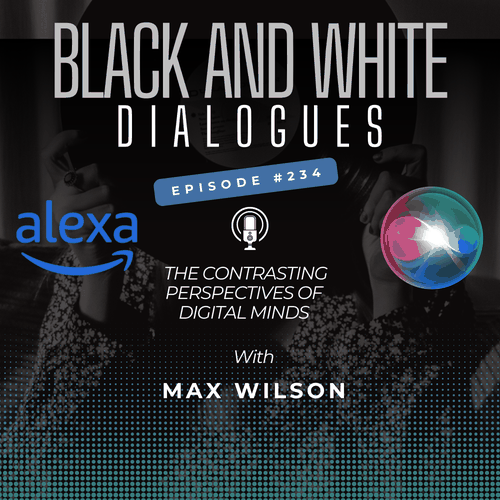
Sep 04, 2024
91 Podcasts in 24 Hours! Hyper Island Vision Week is when students chart their future paths while envisioning societal impact. Jörg Teichgraeber invited me to contribute to Vision Week 2024 by facilitating a Design Fiction workshop for students. A 'podcast from the future' was the brief. A Design Fiction conceit in which students imagine into a future world and represent the contours of that world through a humble podcast that has come back from the future.
workshopcollabdesign fictionpodcastdesign sprint
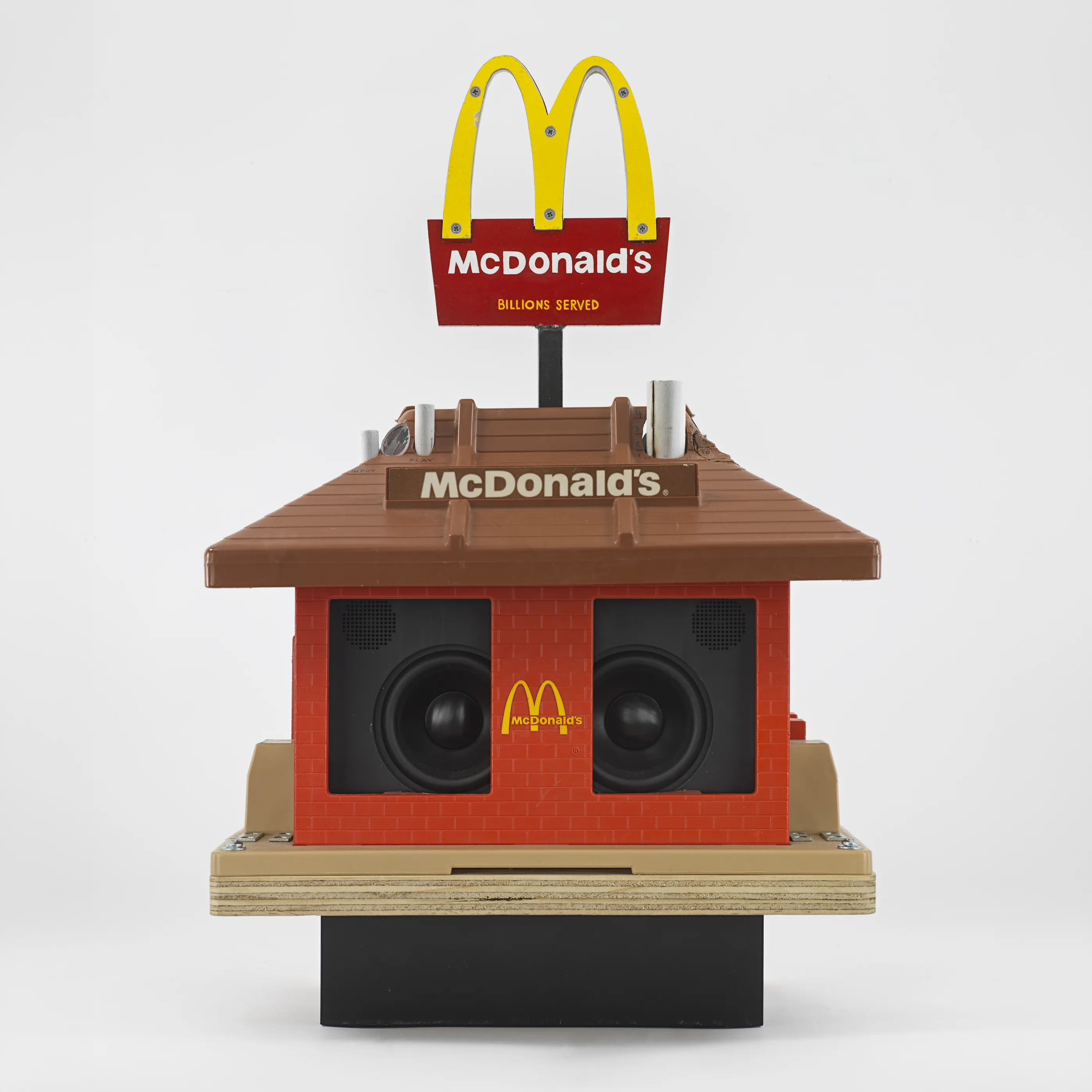
Aug 25, 2024
What's Tom Sachs' worldbuilding got to do with Design Fiction? What can be learned as regards the intersection of speculation, art, design to create playful non-confrontational spaces for entering into alternative, other, adjacent possible worlds?
artdesign fictionessaybricolagemetamodernism
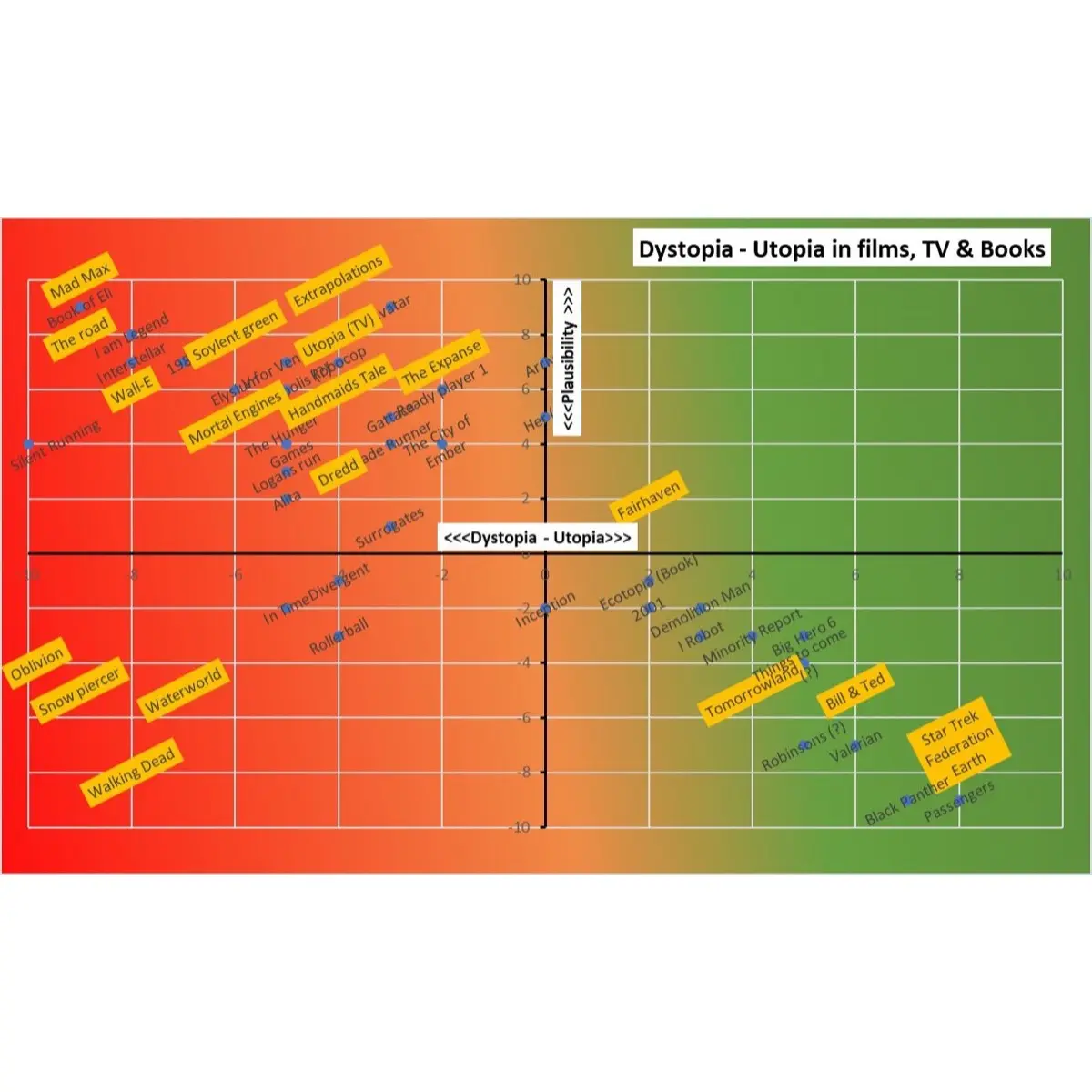
Aug 21, 2024
Imagination is a crucial tool in shaping our future, especially in the context of climate change and sustainability. While dystopian narratives dominate the media, there's a growing need for positive, actionable visions of the future—something that Design Fiction uniquely offers. Unlike science fiction, which often explores far-off possibilities, Design Fiction brings those possibilities into the present through tangible artifacts. These artifacts allow us to experience and critique potential futures, making them a powerful tool for innovation.
By materializing utopian visions, Design Fiction can shift the narrative from despair to hope, inspiring collective action towards sustainability. In a world inundated with regulations and frameworks, Imagination provides the vision we need to create a future worth striving for. Learn how Design Fiction bridges the gap between Imagination and reality, offering practical tools to design better futures.
science-fictiondystopianmatrix
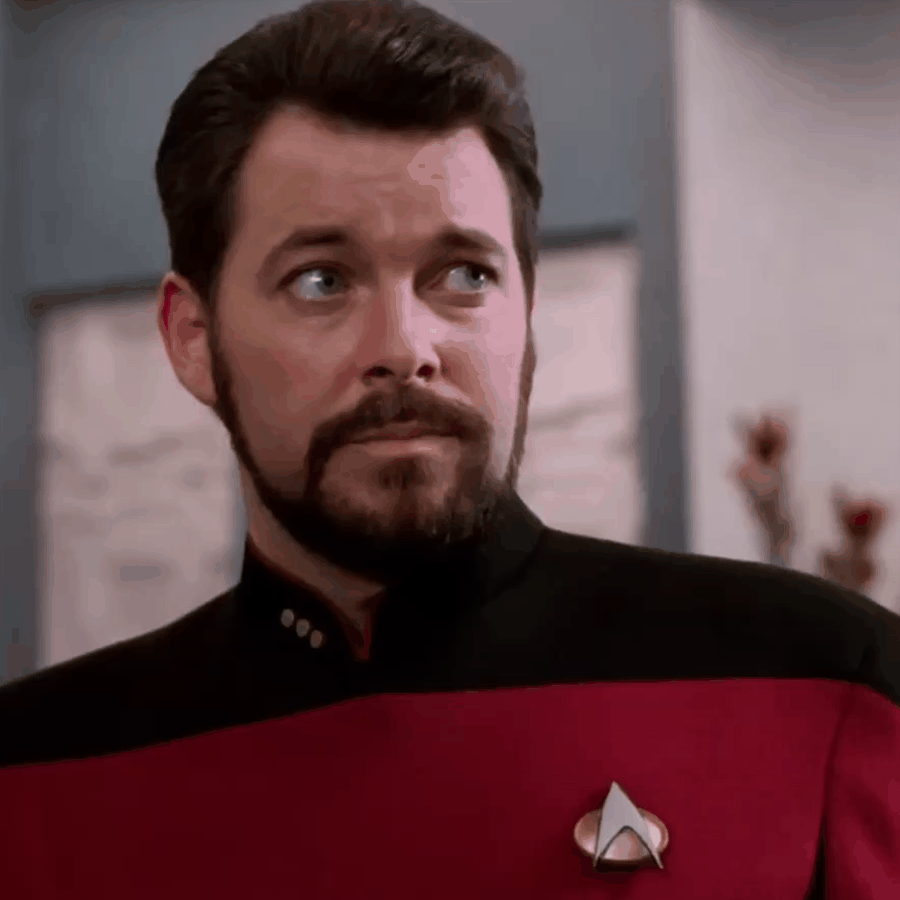
Aug 12, 2024
What can we learn about the ways that science-fiction and science fact circulate within the worlds of entertainment? Are there ways that the value creation mechanisms of entertainment can be deliberately intergrated into the value creation mechanisms of capitalism whereby 'innovation' actively engages the storytelling approaches, methodologies and techniques of the entertainment industry, purposely and above the line?
AIproduct designindustrial designphilosophymetamodernismmark fisher

Aug 10, 2024
Design Fiction is an approach and methodology that helps reveal and playfully represent possibilities in the form of pragmatic material artifacts. It does this so as to exercise the imagination, which is the existential capability we have to see/create/conjure the unexpected, unanticipated newness that we call 'inspiration' and 'innovation.' Design Fiction operates in the dynamic space between barely possible and pragmatic reality, playfully messing with the tension between the not true *yet and what could be(come). This approach ignites and inspires the kind of thinking that leads to farm-fresh ideas, while fostering the kind of engaged and thoughtful discussion that just makes one want to build something — to take action. The artifacts created through Design Fiction aren't just imagined scenarios; they function as probes and materialized experiments in the form of things like advertisements, product specifications, instructions for things yet to be manufactured. They guide us through the complexities of the grounded world and reveal how our ideals and realities...
design fictionmetamodernismmetamodernmethodology
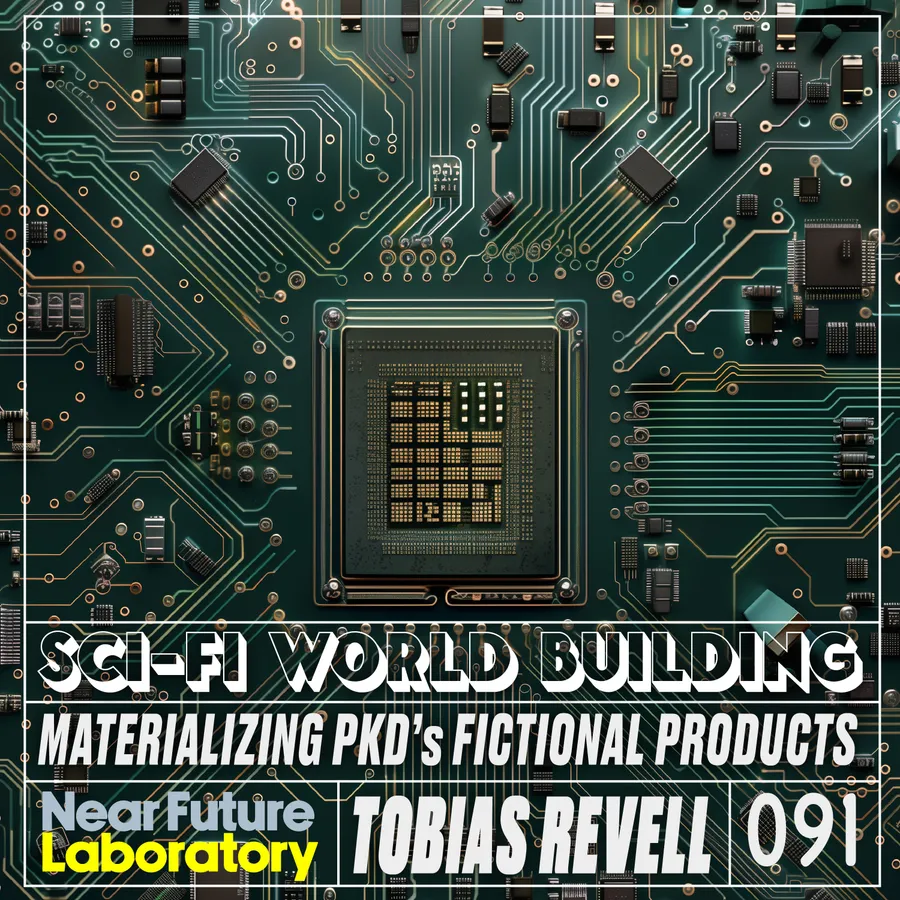
Jul 28, 2024
In Episode 091 of the Near Future Laboratory Podcast, I talk with Tobias Revell and we explore the fascinating intersection of speculative fiction and technological innovation, looking into the imaginative worlds of Philip K. Dick and the film Minority Report. Our dialogue reveals not only the creative visions of PKD, but also the broader implications for how we perceive and shape our future through imaginative storytelling and intelligent design.
science-fictiondesign fictionspeculative designp.k. dickspeculative fiction
